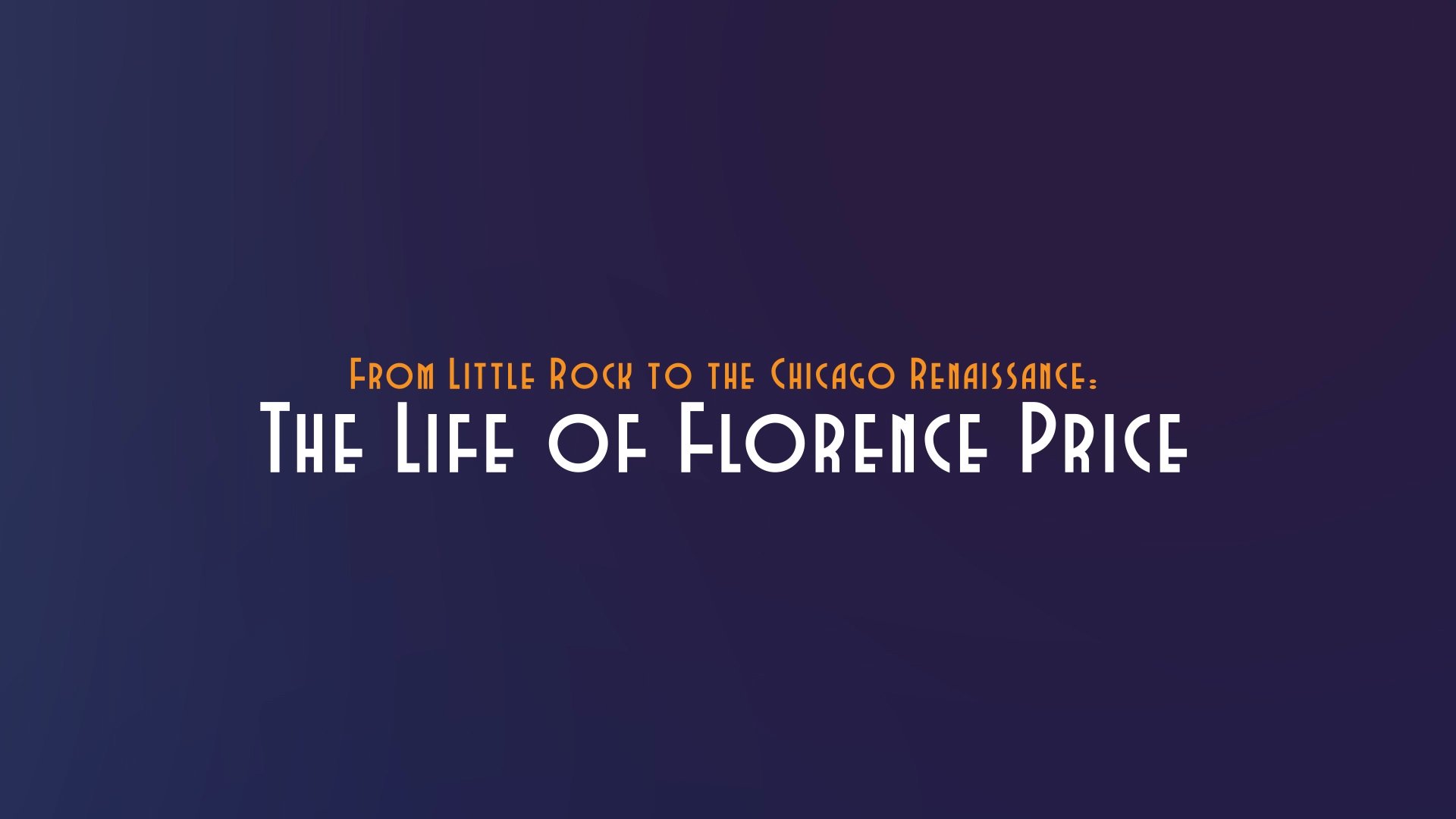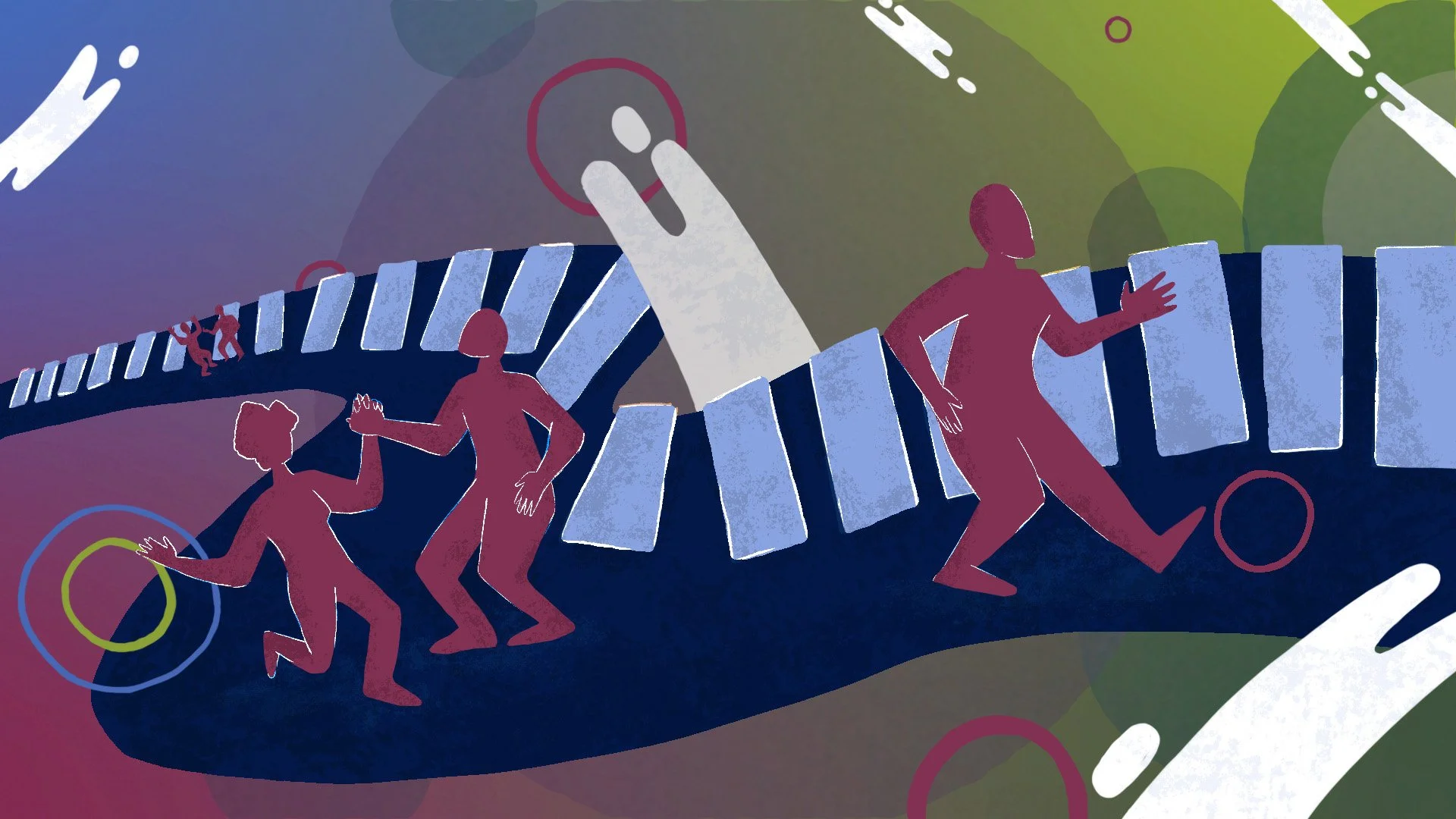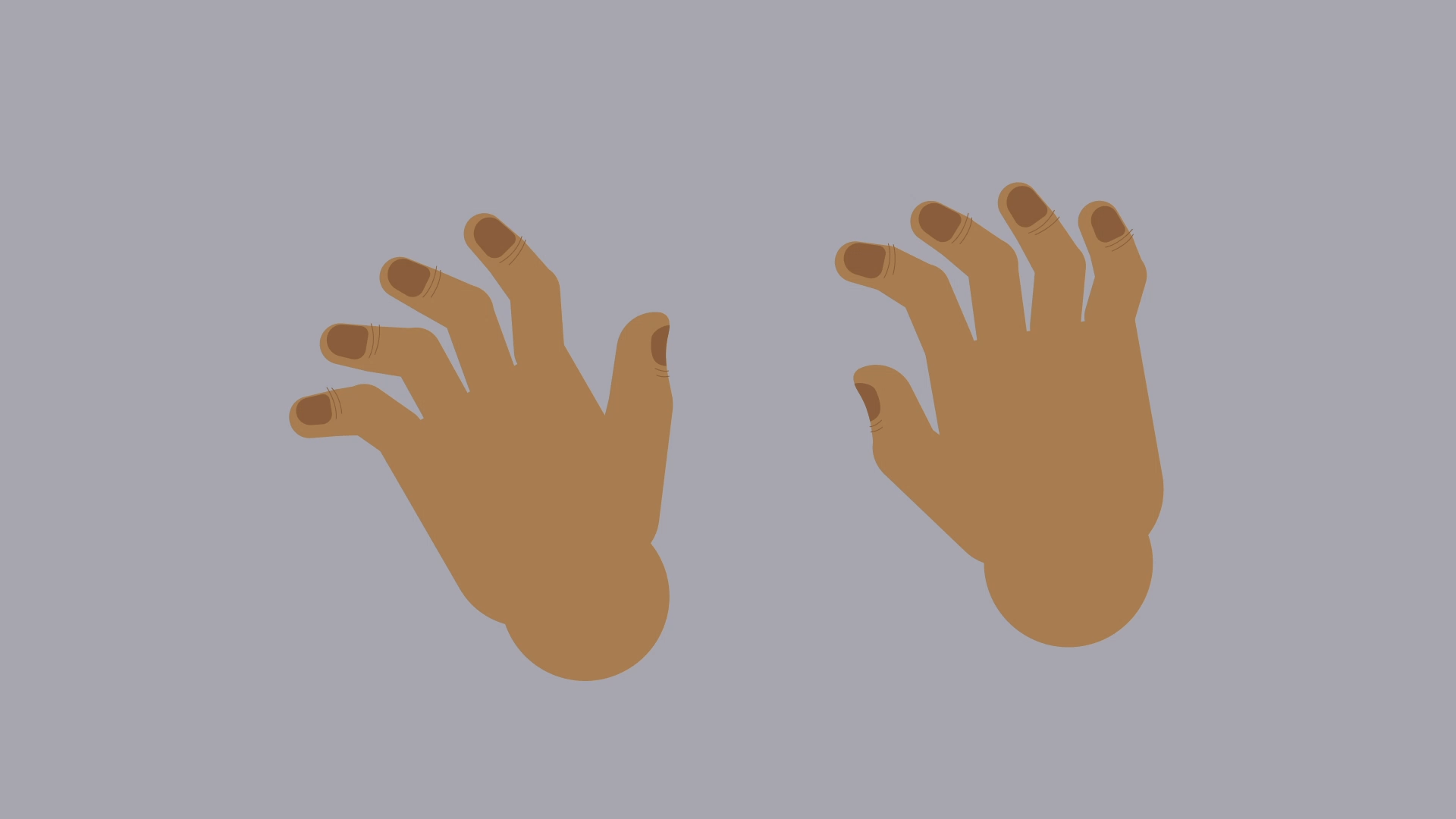From Little Rock to the Chicago Renaissance:
The Life of Florence Price
This thesis discusses the persistent lack of diversity found amongst the performed composers among western orchestras today. It explores composer Florence Price’s life, achievements, and the challenges that she overcame during her lifetime as a lens for that greater discussion of representation.
Research Questions
I started my research off with questions such as: Who was Florence Price? How did her background, including her childhood, influence her decision to pursue a career path in music? How did her identities as a Black, middle-class woman affect her career path? How did Price interact with her own identities and cultures while navigating a largely white and male-dominated field in the United States’ Jim Crow era? Finally, has the representation found amongst performed composers gotten better in modern-day orchestras when compared to the orchestras of Florence Price’s lifetime? How much have they changed? What factors have influenced this change or lack thereof?
And, after deciding to use animation as my medium for the project portion of this thesis, I wanted to explore:
How can one push the existing 2D rigging technology of DUIK Bassel.2 to more efficiently create a full-length animated documentary as a single creative? And how can one incorporate visual elements/inspiration from historical movements into modern workflows?
Story Development and Scope
After many discussions and deliberations, I made the decision to limit my scope to creating four of the most impactful chapters from my thesis film instead of the whole thing. This was to better ensure that the final product was a clear and professional-level final result that really spoke to my intended audience of adolescents and their music teachers and parents. The chosen four chapters are represented with larger circles in the diagram below.
Inspirations and Conceptualizations
I pulled a great deal of inspiration from the Harlem and Chicago Renaissances, focusing specifically on Jacob Lawrence and Aaron Douglas. I looked at Douglas’ use of silhouettes and large background shapes in many of his pieces as those visuals are striking and full of energy. I also took inspiration from both artists’ color palettes and exaggeration of the human form, especially Lawrence’s use of sharp angles. While looking to both artists for inspiration, I did want to make sure I remixed elements with other design styles, such as collage illustration, in order to create something unique.
Final Look Development
I ended up with these final styleframes for each part of the animated documentary, including the cel animations, motion graphics, and the rigged animations. Again, I relied on the more common color palettes of Lawrence and Douglas’ work for inspiration as I worked to create animations to compliment Florence Price’s music.
Animation Process
As mentioned, while I did incorporate some cel animation and more traditional motion graphics into this thesis project, I wanted to push myself by using DUIK as the primary mode of animation in this film. Over the fall semester and the beginning of the spring semester, I did a series of tests to better acquaint myself with the plugin as well as After Effects itself. I really wanted to push DUIK and prove that it’s capable of being used as a valid tool for intricate rig animations such as the hand animation test shown below.
Conclusions and Looking Ahead
This was a rewarding project for a multitude of reasons. Telling the stories of an underrepresented and often excluded community of musicians really spoke to my heart and has inspired me to make similar projects as the years go by. On another note, pushing myself technically with DUIK Bassel and the most cel animation I’ve done so far in my career, was a challenge that I’m proud to say that I successfully met. My biggest hope is that more creatives will find the idea of creating films, and telling the stories of underrepresented figures across industries, a more accessible endeavor.












